In this post, we’ll discuss how to keep animals out of the chimney of your home.
That chimney on your house may look like an inviting home to wild animals. It’s a common nesting place for birds, bats, raccoons and squirrels.
To an animal, a chimney is a nice warm space safe from predators. But these animals bring insects and diseases with them and their droppings can be a difficult issue to deal with.
If you get to the point where you require professional animal removal service, then we can help you with that. But we bet that you would prefer never having the situation get to that point.
For professional removal of animals from your chimney in Chicagoland, call (847) 464-1861
Install a chimney cap
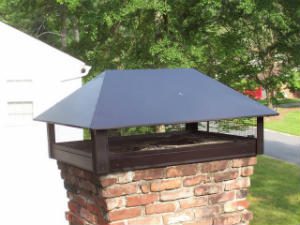 A chimney cap is the best way to prevent wildlife from moving into your chimney.
A chimney cap is the best way to prevent wildlife from moving into your chimney.
It’s an affordable solution that can prevent the problem for decades. If you don’t mind working on your roof, then it’s possible that you can even install it on your own if you want.
A chimney cap can be purchased at your local home improvement store for as little as $50. High-end models may cost several hundreds of dollars. There are many sizes and styles to choose from, from stainless steel to chimney caps made of copper.
Related: Chimneys are common animal entry points
How to install a chimney cap
Tools you will need:
- Measuring tape
- Ladder
- Chimney cap
- Screwdriver and/or wrench
- Caulk for chimney flues made of tile or brick
How to choose a chimney cap
The screen height of the chimney cap you choose must be sufficient to allow your chimney to draft properly. It is recommended that your cap should be about six inches higher than the chimney flue.
Stainless steel is usually the best value for your money. You may choose a different cap though which better suits the look and architectural style of your home.
Whatever style you choose, installing a chimney cap will provide you a reliable solution for keeping wildlife out of your chimney and could save you hundreds of dollars in animal removal, dead animal removal and repairs of your home.
For professional removal of animals from your chimney in Chicagoland, call (847) 464-1861




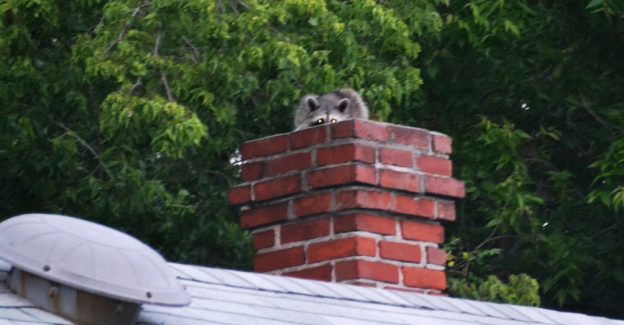
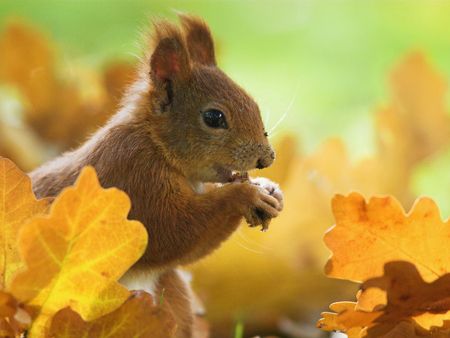
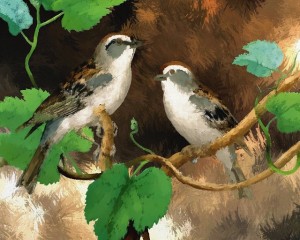
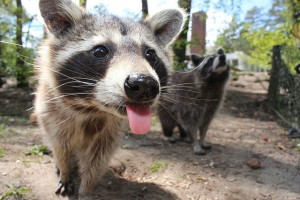
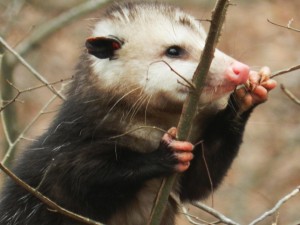
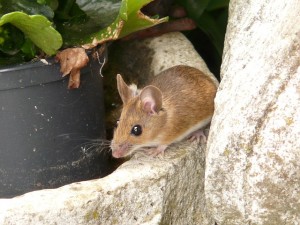
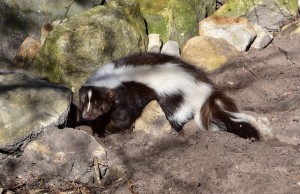
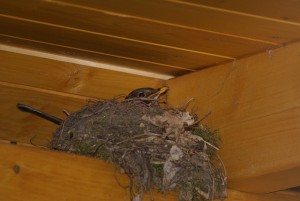
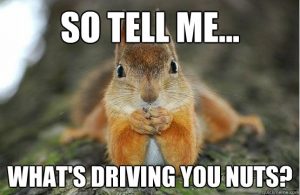 Imagine you are in your bed, happy to be lying down after a long day but your rest is abruptly interrupted by loud scratching noises coming from your walls or attic.
Imagine you are in your bed, happy to be lying down after a long day but your rest is abruptly interrupted by loud scratching noises coming from your walls or attic.